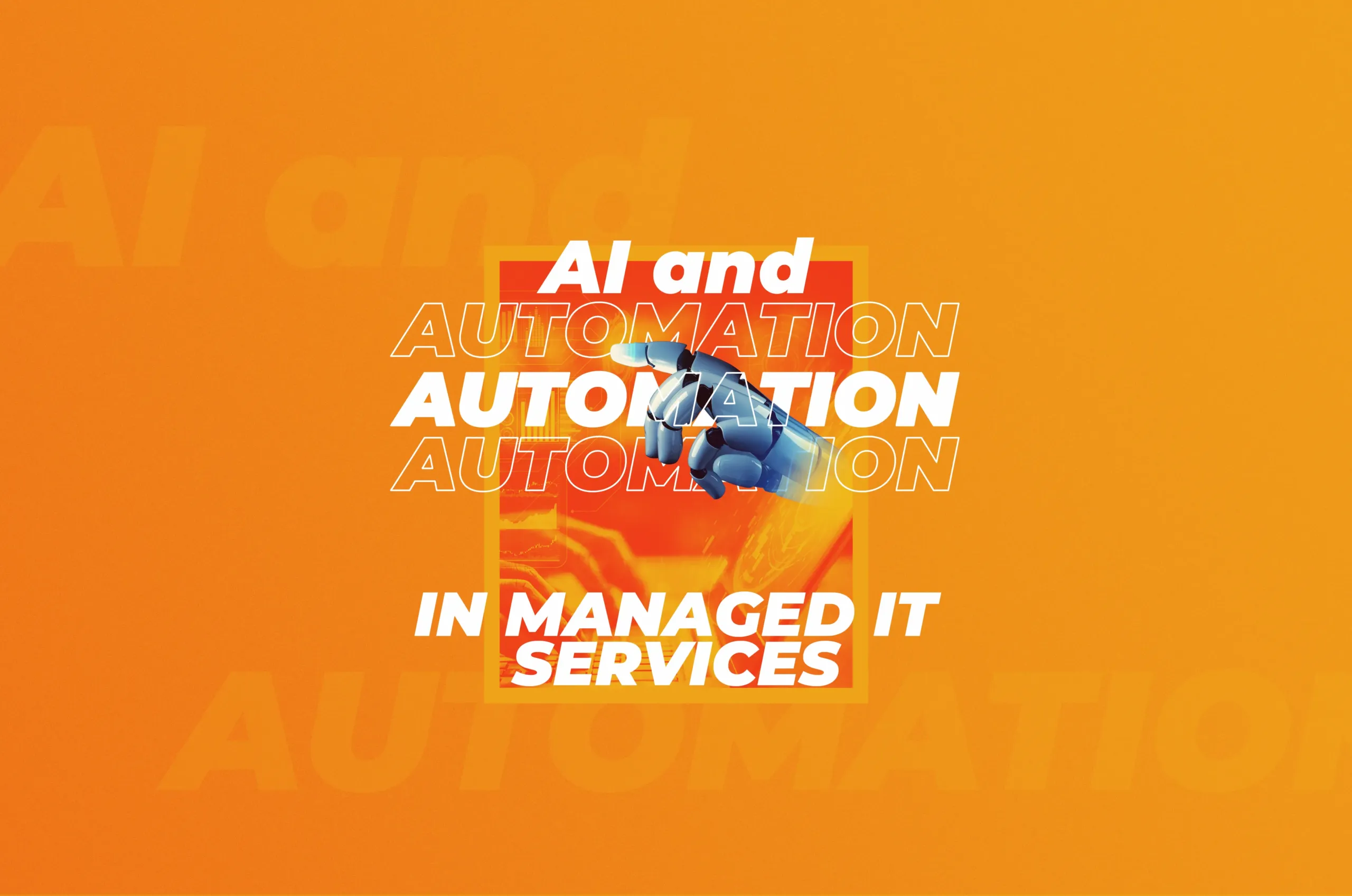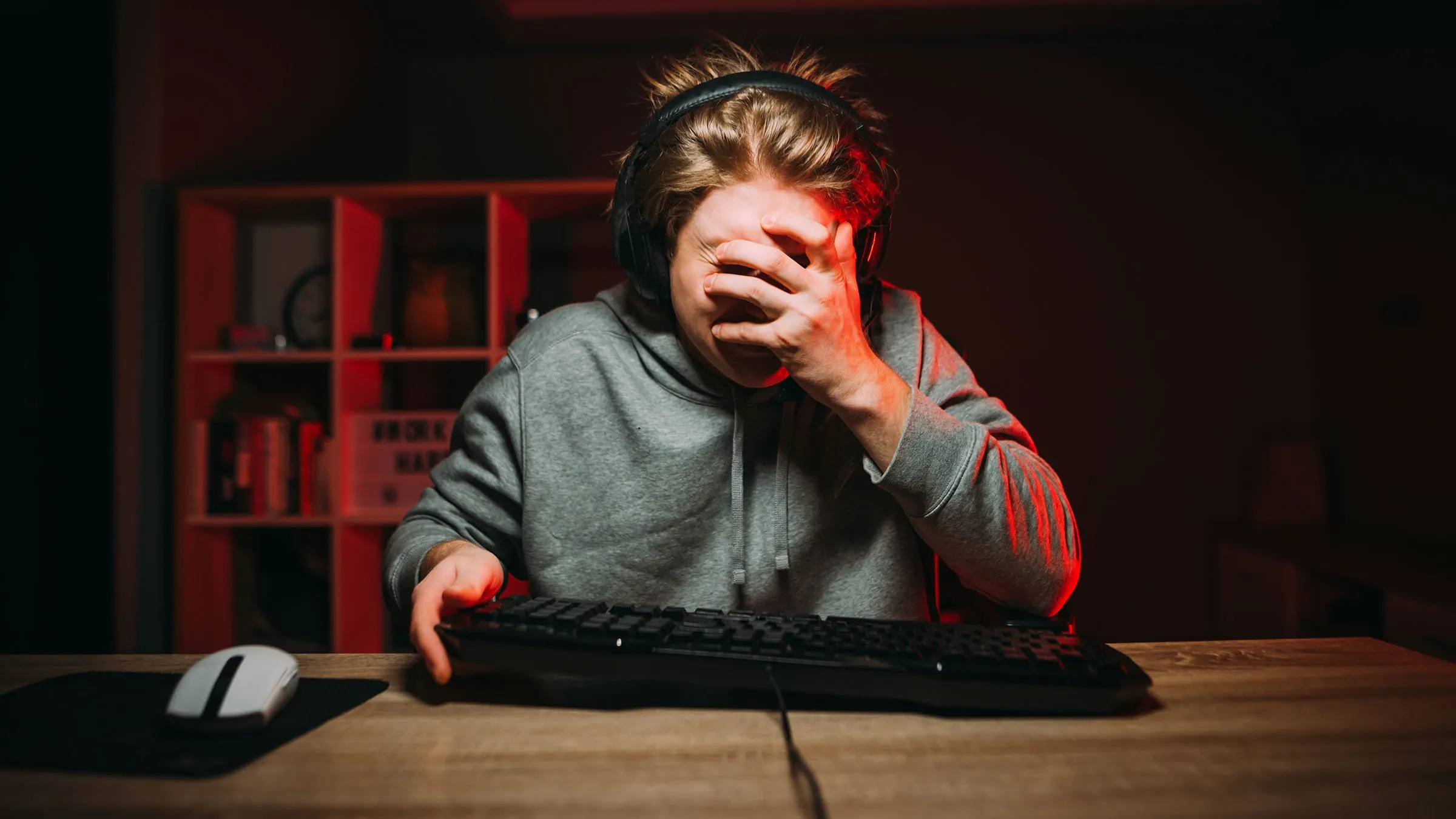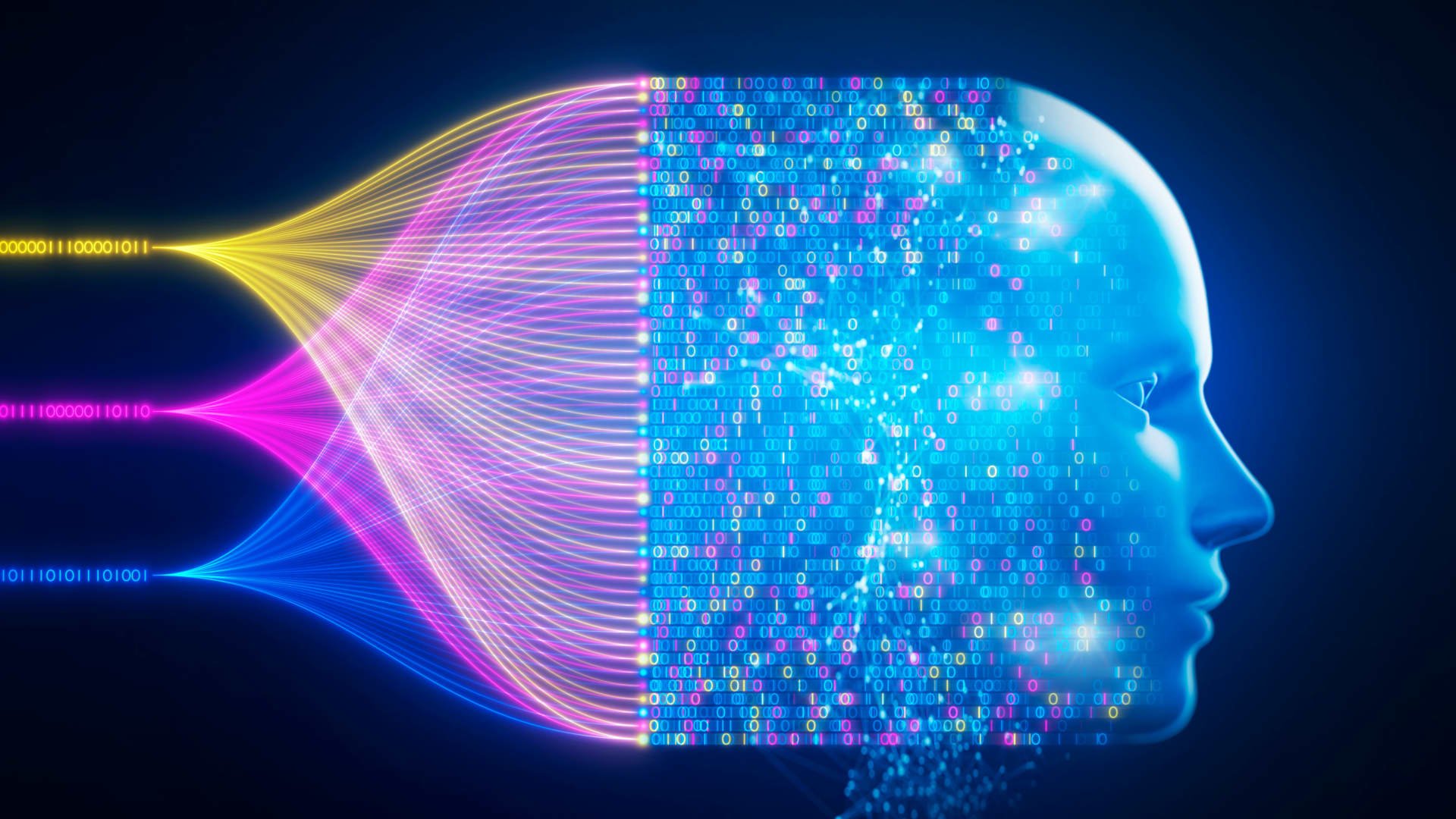AI Undressing: The Controversial Technology That's Raising Serious Concerns
You might’ve heard about it in the news or seen it mentioned online – AI undressing technology has been making waves, and not in a good way. This controversial use of artificial intelligence lets people digitally remove clothing from images, creating realistic naked pictures of individuals without their consent. It’s a topic that’s sparking heated debates around privacy, consent, and the ethical boundaries of AI development. As we dive deeper into this issue, you’ll see why this tech is causing such a stir.
Now, before we get too far into it, let’s break down what exactly we’re dealing with here. AI undressing isn’t just some harmless app or tool for fun – it’s a powerful piece of software that uses deep learning algorithms to manipulate images. And while the technology itself is impressive from a technical standpoint, the implications are alarming. We’re talking about a tool that can be used to violate people’s privacy and even enable harassment.
This isn’t just a niche issue either. With the rise of AI tools becoming more accessible to the general public, the potential for misuse grows exponentially. So, whether you’re someone who’s concerned about online safety, interested in AI ethics, or just curious about the latest tech trends, this topic is worth exploring. Let’s dig in and uncover everything you need to know about AI undressing.
- Lion Rage Bait Monkey The Untold Story Behind The Viral Phenomenon
- Nina Dobrev Nude Leaked The Truth Behind The Headlines And What Fans Should Know
What Exactly is AI Undressing Technology?
Let’s start with the basics. AI undressing refers to the use of artificial intelligence to digitally remove clothing from photos, generating realistic images of individuals in the nude. The process involves sophisticated algorithms that analyze and replicate textures, shapes, and lighting to create convincing results. While the concept might sound like something out of a sci-fi movie, it’s very much a reality today.
Here’s the kicker – this technology isn’t being used for benign purposes. Instead, it’s often exploited to create non-consensual explicit content, which can lead to serious consequences for the victims. Think about it – someone could take a regular photo of you and turn it into something completely inappropriate without your knowledge or permission. That’s a terrifying thought, isn’t it?
But how does it work exactly? Well, the AI models are trained on large datasets of images, teaching them to recognize patterns and predict what lies beneath clothing. Once trained, these models can apply their knowledge to new images, effectively "undressing" the subjects in them. It’s a process that’s both fascinating and deeply unsettling.
- Nicki Minaj Leaked Nudes The Untold Story Behind The Scandal
- Lcfgamenews Gaming Updates By Lyncconf Your Ultimate Hub For Latest Gaming News
Why Should You Care About AI Undressing?
Let me ask you something – how would you feel if someone took a picture of you and turned it into something you never agreed to? Probably not great, right? That’s why this issue matters so much. AI undressing isn’t just about cool tech – it’s about real people being affected by its misuse. Whether you’re a tech enthusiast, a privacy advocate, or just someone who cares about human rights, this is a topic that demands attention.
For one thing, the technology poses a significant threat to personal privacy. In a world where digital content is shared more freely than ever, the potential for abuse is enormous. Imagine the damage that could be done if someone used this tech to create explicit images of you and then shared them online. It’s not just embarrassing – it’s traumatic.
Moreover, AI undressing fuels the already rampant problem of revenge porn and online harassment. Victims of this kind of abuse often face severe emotional distress, social stigma, and even financial repercussions. And let’s not forget – the technology makes it harder for victims to prove that the images aren’t real, adding another layer of complexity to the issue.
How AI Undressing Works: Breaking Down the Process
Alright, so now that we’ve established why this tech is such a big deal, let’s talk about how it actually works. At its core, AI undressing relies on deep learning algorithms, specifically neural networks, to analyze and manipulate images. These algorithms are trained on massive datasets of photos, teaching them to recognize patterns and predict what lies beneath clothing.
Once the model is trained, it can take a new image and apply its knowledge to generate a realistic undressed version. The process involves several steps, including:
- Image analysis: The AI examines the photo, identifying key features like body shape, posture, and lighting.
- Texture prediction: Using its training, the AI predicts what the skin and other body parts would look like without clothing.
- Rendering: The final step involves combining all the predicted elements into a single, realistic image.
It’s important to note that the accuracy of these models varies depending on the quality of the training data and the complexity of the image. However, even imperfect results can be damaging, especially when used maliciously.
The Ethical Dilemma: Is AI Undressing Ever Justified?
Now, here’s where things get tricky. While the technology itself isn’t inherently bad, its applications raise serious ethical questions. Is there ever a scenario where AI undressing could be justified? Some argue that it could have legitimate uses in fields like fashion design or medical imaging. Others believe that the risks far outweigh any potential benefits.
One of the biggest concerns is the issue of consent. Can you ethically use someone’s image to create explicit content, even if it’s for a supposedly good cause? Most experts would say no – consent is a fundamental right that should never be compromised. Without it, the technology becomes a tool for exploitation and harm.
Another point of contention is the potential for bias in the AI models. If the training data is skewed towards certain demographics, the resulting images could perpetuate harmful stereotypes or inaccuracies. This is a problem that plagues many AI systems and one that needs to be addressed before any further development can be justified.
Legal Implications: What Are the Laws Around AI Undressing?
So, what’s the legal stance on AI undressing? Unfortunately, the answer isn’t as straightforward as you might hope. Laws surrounding digital privacy and consent vary widely across different countries and regions, making it difficult to establish a universal framework. However, there are some general principles that most jurisdictions follow.
For instance, many places have laws against non-consensual pornography, also known as revenge porn. These laws typically prohibit the creation, distribution, or possession of explicit images without the subject’s consent. While these laws don’t specifically address AI undressing, they can still be applied in cases where the technology is used to generate such content.
That said, there are challenges in enforcing these laws. For one thing, it can be difficult to prove that an image was created using AI rather than being a real photograph. Additionally, the global nature of the internet makes it hard to track down offenders who may be operating from different countries. As a result, many victims are left without adequate protection or recourse.
Who’s Behind AI Undressing Technology?
So, who’s responsible for developing and distributing this controversial tech? While there are several companies and individuals involved, one name keeps popping up – DeepNude. This infamous app made headlines in 2019 when it was released to the public, allowing users to create undressed images of women with just a few clicks. The backlash was swift and severe, leading the developers to shut down the app shortly after its launch.
But DeepNude wasn’t the first, and it certainly won’t be the last. Other developers have since emerged, offering similar services under different names. Some claim to have implemented safeguards to prevent misuse, but the reality is that once the technology is out there, it’s nearly impossible to control how it’s used.
What’s more alarming is that some of these developers appear to be operating in legal gray areas, taking advantage of loopholes in existing regulations. This highlights the urgent need for stronger laws and better enforcement mechanisms to protect individuals from the harmful effects of AI undressing.
How to Protect Yourself from AI Undressing
Now, let’s talk about something a little more actionable – how can you protect yourself from the potential dangers of AI undressing? While there’s no foolproof way to completely eliminate the risk, there are steps you can take to minimize it.
- Be mindful of what photos you share online. Avoid posting images that could be easily manipulated or used against you.
- Use privacy settings on social media platforms to control who can see your photos.
- Regularly monitor your online presence for any suspicious activity or unauthorized images.
- Consider using tools like Google Reverse Image Search to check if your photos have been used elsewhere without your knowledge.
It’s also a good idea to educate yourself and others about the risks of AI undressing. The more awareness there is about this issue, the better equipped we’ll be to combat it. Remember, knowledge is power – and in this case, it could mean the difference between being a victim and staying safe.
Real-Life Impact: Stories from Victims of AI Undressing
To truly understand the impact of AI undressing, we need to hear from those who’ve experienced it firsthand. While their stories are often heartbreaking, they also serve as powerful reminders of why this issue needs to be addressed.
Take the case of Sarah, a young professional whose life was turned upside down when someone used AI to create explicit images of her and shared them on social media. The fallout was devastating – she faced ridicule from colleagues, lost friendships, and even had to change jobs to escape the stigma. But through sheer determination, Sarah managed to turn her experience into a campaign for digital rights and privacy.
Then there’s John, whose story highlights the broader implications of AI undressing. As a tech enthusiast, he was initially fascinated by the technology but quickly realized its potential for harm when he saw how it was being used against women. His advocacy work has since focused on raising awareness and pushing for stricter regulations.
These stories, and countless others like them, underscore the urgent need for action. We can’t afford to ignore this issue any longer – the consequences are simply too severe.
Future Prospects: Where Do We Go From Here?
As we look to the future, the question on everyone’s mind is – where do we go from here? Can we find a way to harness the power of AI without sacrificing privacy and consent? The answer lies in a combination of technological advancements, legal reforms, and societal awareness.
On the tech side, developers need to prioritize ethical considerations from the outset. This means implementing robust safeguards to prevent misuse and ensuring transparency in how their models are trained and deployed. Additionally, collaboration between tech companies, policymakers, and advocacy groups could lead to the creation of industry-wide standards for responsible AI development.
Legally, we need to see stronger and more comprehensive laws that address the unique challenges posed by AI undressing. This includes closing loopholes, increasing penalties for offenders, and providing better support for victims. International cooperation will also be key in tackling the global nature of the problem.
Finally, raising public awareness is crucial. The more people understand the risks and implications of AI undressing, the better equipped they’ll be to protect themselves and advocate for change. Education campaigns, community outreach, and media coverage all play a vital role in this process.
Conclusion: Taking Action Against AI Undressing
As we wrap up this discussion, it’s clear that AI undressing is a complex and multifaceted issue that demands our attention. From its technical workings to its ethical implications and legal challenges, there’s much to consider. But one thing is certain – we can’t afford to sit back and do nothing.
So, what can you do? Start by educating yourself and others about the risks of AI undressing. Share this article with your friends and family to spread awareness. And if you’re passionate about this cause, consider getting involved in advocacy efforts or supporting organizations working to protect digital rights and privacy.
Remember, the future of AI undressing – and by extension, our online safety – is in our hands. Let’s make sure we use this powerful technology responsibly and ethically. Together, we can create a safer digital world for everyone.
Table of Contents
- What Exactly is AI Undressing Technology?
- Why Should You Care About AI Undressing?
- How AI Undressing Works: Breaking Down the Process
- The Ethical Dilemma: Is AI Undressing Ever Justified?
- Legal Implications: What Are the Laws Around AI Undressing?
- Who’s Behind AI Undressing Technology?
- How to Protect Yourself from AI Undressing
- Real-Life Impact: Stories from Victims of AI Undressing
- Future Prospects: Where Do We Go From Here?
- Conclusion: Taking Action Against AI Undressing



Detail Author:
- Name : Sandy Blick
- Username : leta57
- Email : akuphal@huel.com
- Birthdate : 1997-05-10
- Address : 3856 Hammes Camp North Eulalia, ID 29428
- Phone : +1.585.844.4994
- Company : Wuckert, Mertz and Dicki
- Job : Customer Service Representative
- Bio : Mollitia voluptatem laboriosam labore a impedit. Voluptate porro non eum voluptas eaque. Fugiat sed fugit nostrum qui maiores. Sit quaerat aliquam quos fuga sed.
Socials
twitter:
- url : https://twitter.com/alesch
- username : alesch
- bio : Unde sit aspernatur et esse laboriosam explicabo voluptates. Et ipsum vero occaecati ut. Ut ab neque sed fugit.
- followers : 911
- following : 360
linkedin:
- url : https://linkedin.com/in/lescha
- username : lescha
- bio : Aperiam sunt sed inventore velit harum.
- followers : 6006
- following : 2225
facebook:
- url : https://facebook.com/aryanna.lesch
- username : aryanna.lesch
- bio : Consequuntur dolorem fugit est eveniet beatae.
- followers : 3076
- following : 884
instagram:
- url : https://instagram.com/lescha
- username : lescha
- bio : Quae fuga harum nihil nulla a. Non quibusdam qui ipsa optio exercitationem tempora.
- followers : 6403
- following : 1803
